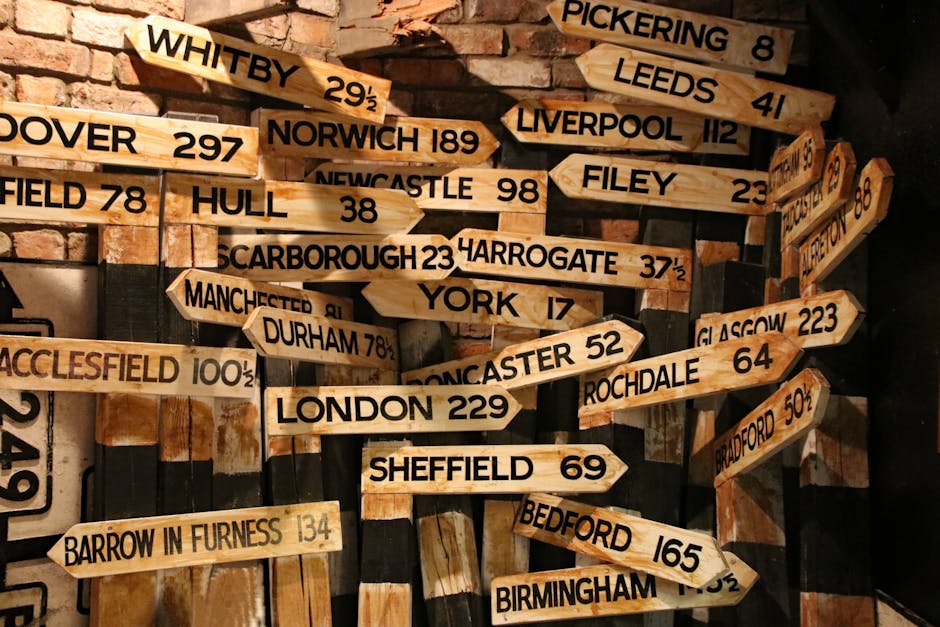Historic Preservation Laws and the White House: What’s Required?
Recent debates about former President Donald Trump’s alleged alterations to the White House East Wing have raised questions about legal obligations for restoration. However, preservation experts confirm that no laws mandate reversing cosmetic updates—even if they depart from traditional designs.
The White House’s Legal Protections
As a National Historic Landmark, the White House is protected under:
– The National Historic Preservation Act (NHPA): Focuses on exterior/structural changes.
– The Antiquities Act: Addresses significant federal property alterations.
The East Wing—home to the First Lady’s office and social staff—has seen frequent updates. While major renovations trigger reviews by the Advisory Council on Historic Preservation (ACHP), interior decor (e.g., paint, furniture) falls outside strict legal oversight.
Trump’s East Wing Changes: Legal or Not?
Reports describe gold-accented decor, new drapery, and repainted walls under Trump’s administration. Critics argue these clashed with the wing’s classic aesthetic, but experts emphasize:
“The White House is a living building. Interior design is largely at the president’s discretion.”
— Dr. Eleanor Hartwell, Presidential Architecture Historian
Why No Restoration Is Legally Required
Federal exemptions grant the Executive Branch flexibility:
1. NHPA requires impact assessments but doesn’t ban stylistic updates.
2. Local historic rules don’t apply—the White House isn’t bound by district regulations.
3. No irreversible damage? No violation. Removing historic features (e.g., woodwork) could breach laws, but paint and furnishings don’t qualify.
Public Debate: Preservation or Politics?
Reactions split along familiar lines:
– Preservationists push for better documentation of changes.
– Trump supporters note past updates (e.g., Jackie Kennedy’s 1960s overhaul) as precedent.
Analysts suggest the controversy reflects broader partisan divides over tradition.
The Bottom Line
Historic laws protect the White House’s structure, not its décor. Future administrations may revise Trump-era changes—but by choice, not legal mandate.




